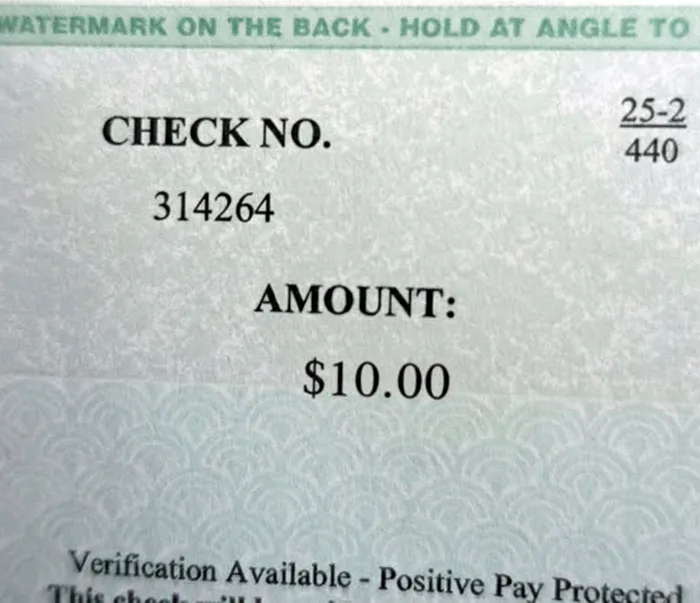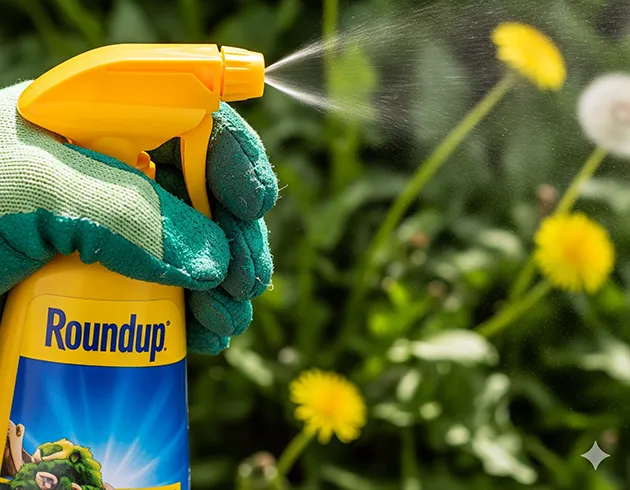No-Proof vs. Proof Class Actions — What To Do If You Don't Have Receipts

Published: October 14, 2025
What Does “Proof Required” Mean?
Some settlements require “proof of purchase” — a receipt, invoice, or account record showing you actually bought or used the product during the covered period. Proof helps the administrator confirm real claims and prevent fraud. Without it, your claim could be denied or reduced.Proof-required settlements usually offer higher payouts because they verify fewer but more reliable claims. If a case requires proof, the official claim form will list what types are accepted — receipts, product photos, order history, or membership records.
No-Proof Settlements Explained
Some class actions allow claims “without proof.” That means you can file an attestation instead of uploading receipts. These cases usually involve mass-market consumer products or services where few people keep records. Examples include everyday food, personal care, or subscription cases.No-proof claims are typically capped — for example, up to 2 or 4 units per household — to limit fraud. If you submit a no-proof claim, you're still swearing that your statement is true under penalty of perjury.
Attestation and Perjury
Every claim form includes language like this:“I declare under penalty of perjury that the information provided in this claim form is true and correct.”
That statement has legal weight. When you sign or submit a claim, you're attesting that what you said is accurate. Submitting false information — claiming you bought a product when you didn't, or inflating quantities — can be treated as perjury under U.S. law.
False claims can lead to rejection, legal penalties, or even criminal prosecution in severe cases. Settlement administrators and courts take perjury seriously because it undermines fairness for real claimants.
What To Do If You Don't Have Proof
If you no longer have a receipt or order history, you still have a few legal options:• Check your email for order confirmations or tracking messages from the brand or retailer.
• Log in to your retailer account (Amazon, Walmart, Target, etc.) and search by product name.
• Review old bank or credit card statements — they can serve as indirect proof if the purchase name matches.
• Take a photo of any remaining product, box, or barcode if it's still around.
• Read the claim form carefully — if it allows “no proof required,” you can attest truthfully without uploading documents.
Never upload fake receipts, doctored images, or unrelated files. That's considered fraud and violates federal perjury laws. Only file claims for settlements you genuinely qualify for.
Examples of Acceptable Proof
• Store or online receipts (PDF, screenshot, or photo)• Order confirmation emails
• Subscription renewal invoices
• Warranty registration or product serials
• Credit or debit card statements showing the merchant's name
• For digital products — a screenshot of your account purchase history
Why Honesty Matters
Filing truthful claims helps protect future settlements. Fraudulent claims raise costs and can reduce or delay payments for everyone. Administrators often audit random claims to confirm authenticity. If you're unsure whether you qualify, you can email the settlement administrator directly to verify eligibility before submitting.FAQ
Can I still file if I forgot to keep receipts?Yes, if the settlement allows attestations or indirect proof. Just make sure all information you submit is true and consistent.
What happens if I lie on a claim form?
You're signing under penalty of perjury. Submitting false information can result in rejection and legal consequences.
How can I check what kind of proof is required?
The claim form or official settlement notice will clearly list what types of proof are needed. If unsure, email the administrator listed on the case website.
Why do some settlements require proof while others don't?
It depends on the product, data availability, and risk of fraud. Mass-market consumer goods often qualify for no-proof settlements. Financial or data breach cases usually require documentation.
Bottom Line
You can still file a legitimate class action claim even without receipts — as long as the settlement allows attestations and you tell the truth. Filing false claims is never worth the risk. Every submission is made under penalty of perjury, and integrity ensures that real consumers get the compensation they deserve.Only submit claims for settlements you truly qualify for, and always follow the instructions on the official administrator website.
How Do I Find Class Action Settlements?
Find all the latest class actions you can qualify for by getting notified of new lawsuits as soon as they are open to claims:
For more class actions keep scrolling below!

FanDuel & DraftKings - Online Sports Betting Addiction Lawsuits
Status: Open
Submit Claim
Paraquat Weed Killer - Parkinson's Disease
Status: Open
Submit Claim
RoundUp Cancer Lawsuits: How to Qualify
Status: Open to Claims
Submit Claim
$30M YouTube Privacy Settlement
Deadline: January 21, 2026
Submit Claim
$4M Frozen Waffles Class Action Settlement
Deadline: Dec 16, 2025
File Claim
$1.9M PetSafe e-Collar Settlement
Deadline: Dec 2, 2025
Payout: $30 - $420